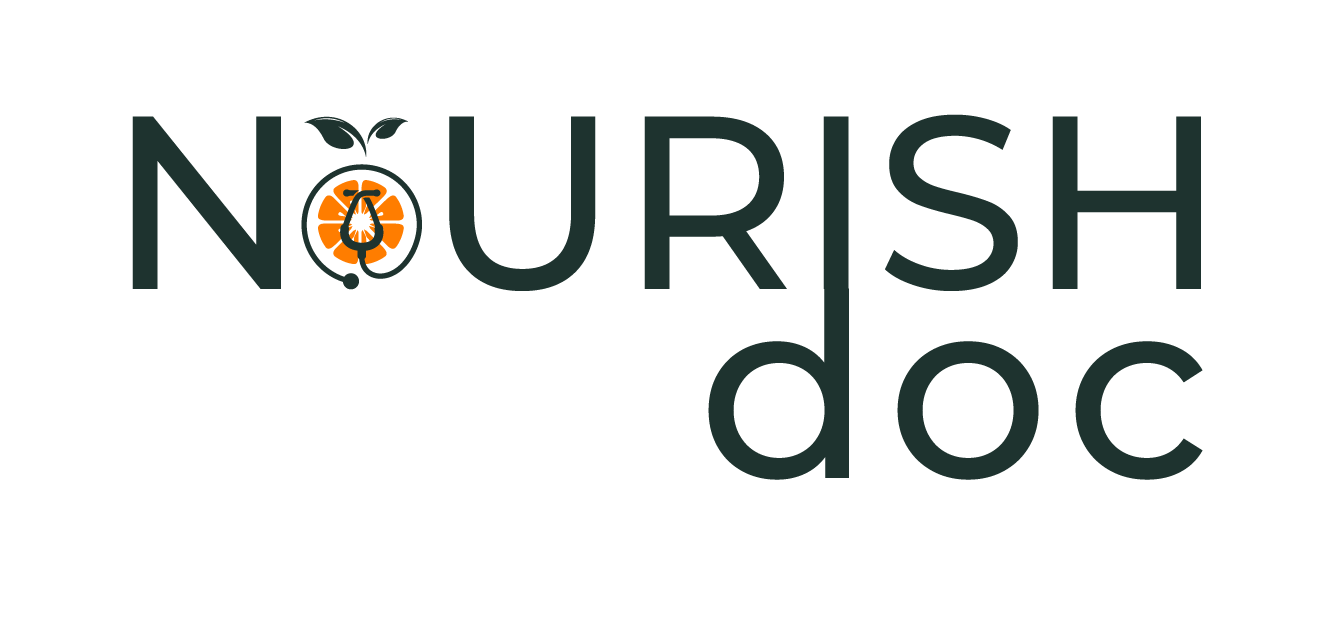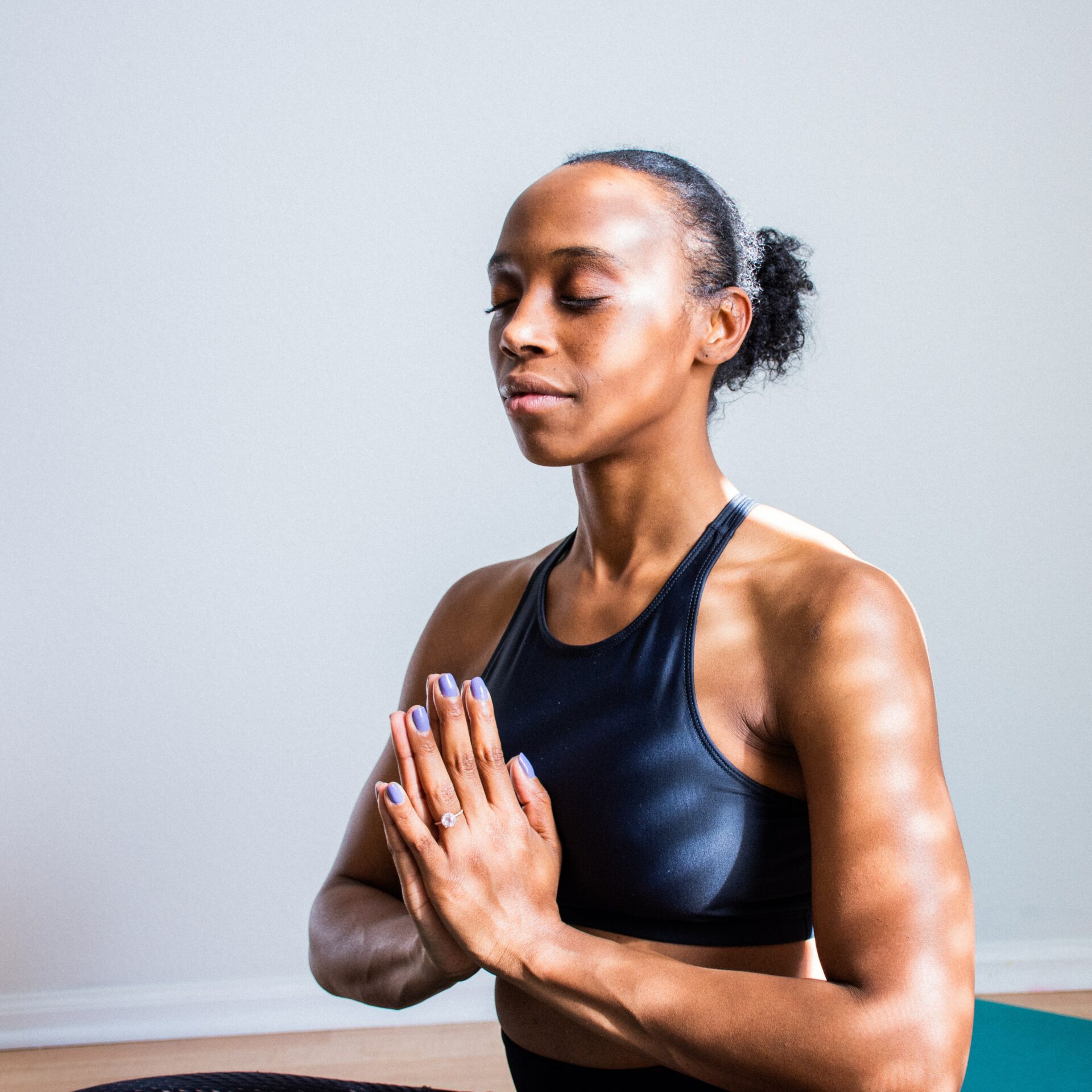Breathing is one of the human body’s most fundamental and essential functions. Every living being, including humans, relies on breathing to stay alive. Breathing is not only necessary for survival, but it also has numerous benefits for the human body and mind. Here, we explore the many types and benefits of breathing and how it can improve our physical and mental well-being.
Improved Oxygen Supply
The most obvious benefit of breathing is that it supplies oxygen to the body. Oxygen is essential for the functioning of every cell in the body. It is the fuel that powers our muscles, brain, and organs. When we breathe in, oxygen enters our lungs. It is transported to the bloodstream, carrying it to every cell in the body. Proper breathing ensures that we get enough oxygen to meet our body’s needs.
Reduced Stress and Anxiety
Breathing has a powerful effect on the body’s stress response. When stressed or anxious, our body enters fight-or-flight mode, and our breathing becomes shallow and rapid. It can make us more anxious and stressed, creating a vicious cycle. We can slow and calm our nervous system by practicing deep breathing techniques. It can help reduce feelings of stress and anxiety and promote a sense of relaxation and calm.
Improved Lung Function
Breathing exercises can help improve lung capacity. When we breathe deeply, we expand our lungs and take in more oxygen, strengthening the lungs and improving their overall function. It is particularly beneficial for people with Chronic obstructive pulmonary disease (COPD), as it can help improve their breathing and reduce symptoms.
Increased Energy
Deep breathing can help increase energy levels and reduce feelings of fatigue. When we breathe deeply, we take in more oxygen, which the body uses to produce energy. Deep breathing exercises can increase our energy levels and improve our overall vitality.
Improved Sleep Quality
Breathing exercises can help improve sleep by promoting relaxation and reducing stress and anxiety. By practicing deep breathing exercises before bed, we can calm our minds and body, making it easier to fall asleep throughout the night.
Improved Digestion
Breathing exercises can also have a positive effect on digestion. When we breathe, we stimulate the parasympathetic nervous system, which promotes rest and digestion. It can help improve digestion and reduce symptoms such as bloating, gas, and constipation.
Reduced Blood Pressure
Deep breathing can help reduce blood pressure by promoting relaxation and reducing stress levels. When stressed, our body releases cortisol, a hormone that can cause blood vessels to constrict and increase blood pressure. By practicing deep breathing exercises, we can reduce the production of cortisol and promote relaxation, which can help lower blood pressure and improve overall cardiovascular health.
Improved Mental Clarity
Breathing exercises can help improve mental clarity and focus. Increasing oxygen levels in the brain can improve cognitive function and reduce feelings of brain fog. It can help improve productivity and mental performance.
Increased Immunity
Breathing exercises can help boost the immune system by reducing stress and promoting relaxation. Stress can affect the immune system and make us more susceptible to illness and infection. We can reduce stress levels and promote a healthy immune system by practicing deep breathing exercises.
Improved Athletic Performance
Breathing exercises can also have a positive effect on athletic performance. Deep breathing exercises can help increase endurance and improve overall performance by improving lung function and capacity. It is particularly beneficial for athletes who engage in high-intensity activities such as running, swimming, or cycling.
Boosted Immune System
Proper breathing can also boost our immune system by improving the oxygen supply to our cells and tissues, enhancing our body’s ability to fight infections and diseases.
The Role of Breathing in Our Body
Breathing is an essential bodily function that involves the exchange of gases between our body and the environment. The primary purpose of breathing is to deliver oxygen to our cells and tissues, which is necessary for energy production and metabolism. Oxygen also helps to remove waste products, such as carbon dioxide, from our bodies.
The breathing process involves inhaling air through our nose or mouth, which then travels through our airways and lungs. In the lungs, oxygen is absorbed into our bloodstream and transported to our cells and tissues. At the same time, carbon dioxide, produced by our cells, is carried back to our lungs and exhaled out of our bodies.
The importance of breathing cannot be overstated. It has been used in many cultures as a relaxation, meditation, and spiritual practice method.
By practicing conscious breathing, we can activate our parasympathetic nervous system, which is responsible for the rest and digestion response. It helps reduce stress hormone levels and promote relaxation, leading to various physical and mental health benefits.
Another benefit of conscious breathing is improved focus and concentration. When we take deep, slow breaths, we increase the flow of oxygen to our brain, which enhances our cognitive function. It can help us stay focused and alert, even during stress or distraction.
Breathing can also be used as a tool for emotional regulation. Our breathing becomes shallow and rapid when we experience strong emotions like anger or anxiety. By slowing down our breath and focusing on our inhalations and exhalations, we can regulate our emotions and return to a calm state.
In addition to these benefits, conscious breathing has been shown to have many other positive effects on our health and well-being. These include improved immune function, better sleep, and enhanced athletic performance.
Another effective technique is to incorporate breathing into your exercise routine. Many yoga and meditation practices focus on breathwork, which can greatly improve your physical and mental health while reducing stress.
In conclusion, breathing is a simple yet powerful tool that we can all use to improve our health and well-being. By practicing conscious breathing, we can reduce our stress levels, improve our focus and concentration, and regulate our emotions. Take a deep breath, and enjoy the many benefits of this essential biological function.
Here we discuss this with Deborah Marcia Rubin, a wellness coach, to get her thoughts on this topic.
NourishDoc: Namaste, everyone. Well, happy weekend. We will talk about the power of our breath, which is always with us, and we will talk with Deborah. She is a certified breath teacher, wellness coach, and therapeutic yoga teacher. She also designed some of the programs called Clarity Process. We will find all that today; thank you so much, Deborah, and Namaste.
Breathing Relaxes Body & Mind
Wellness Coach Deborah: Namaste. This is a very important topic when you are asking me to talk about how the breath calms the body and what we can do to keep the body and our mind and our whole being in a state of relaxation, especially with what’s going on today in the world, there’s just so much uncertainty, and anxiety is at the top when you search anxiety, it comes up a lot on Google, it’s very popular anxiety, stress, how to calm, and the breath is with us twenty-four seven we can’t do anything without the breath.
We know that, and often, we take our breath for granted. Right? But the breath can do so many things for us. It can either enliven us and energize us or can calm us down. However, awareness is often not there because we need to always pay attention to it. Only when we get to the point where we go, oh, I need to take a breath, or I need to do something.
Do we become aware of it? And I invite people just every once in a while. Think about your breath and how you’re breathing because there are some ways to give you a more efficient breath; one would be very simple; is noticing do you breathe your mouth or through your nose on an ongoing basis because that’s important that you can breathe through your mouth every once in a while. You can breathe.
But you breathe through your mouth continuously, which can create issues over time because the nose is fabulous. In that case, this protuberance, this schnauzer at the end of our face here, has many jobs. It warms the air as it comes into our lungs. It moistens the air. So, if we’re in a dry situation, at least we’ve got some aspect of our nasal cavity to help us breathe.
Breathing Through The Nose
The thing about breathing through the nose is that when we breathe through our nose, it goes down into the lower lungs. When we breathe into our mouth, through our mouth, first of all, it dries the airway, and then we can have issues with breathing if we’re continually breathing through the mouth. So breathing through the nose takes the air into the lower ribs and the lungs, and that’s what we want because there’s more blood and circulation in the lower lungs.
Breathing Through Our Mouth
When we breathe through our mouth, our mouth is more associated with the upper chest. So that’s what’s called the sympathetic nervous system, and our sympathetic nervous system is the system that is about fight or flight or energized, and we get up and go. It’s that part of our system. The parasympathetic nervous system is the other important system to keep us nice, calm, cool, and connected and that rest, digest, and heal. I was probably not telling you anything new.
However, when you breathe through your nose, the air goes into that lower rib area, the lower lungs, and then is distributed to the rest of our comes into our blood system and breathes the oxygen. Now what’s important is that it’s important to know that when we breathe or through oxygen into the system, we get oxygen into the blood. It’s going along in the blood, and we want to get the oxygen out. Right?
Well, how do we do that? Well, you think, well, it’s just going to go into the tissues and cells on its own. However, there’s something really important: carbon dioxide, yes, that gas that seems like, oh my gosh, it’s a toxic gas. That’s going to let the blood out of my system? That’s going to get the oxygen out of my system.
Yes. Because its role is, is it help dilate and regulate the blood flow. It optimizes our blood flow and releases the oxygen from the blood that’s riding along in the blood into the tissues, the cells, and the brain, and that’s what we want. Another aspect of breathing through the nose is this very important molecule called nitric oxide. Nitric oxide helps dilate the blood vessels, and it improves blood flow. It is an important anti-inflammatory, antibacterial, anti-microbial, and anti-inflammatory molecule.
It’s throughout the system, but it releases in the nose. So when we breathe in, we’re breathing in the nitric oxide, which comes down into the lungs and helps distribute the oxygen and the blood flow through the lungs. So, it’s very important to breathe through your nose on an ongoing basis as much as you can, and is that a good base for where we’re going here, Amita?
Types of Breathing Exercises One Can Do
NourishDoc: Yes. So, we want to understand what type of breathing exercises we can do, what you talk about, and the importance of nose breathing. You can do a small demo of that; I think that was something else before.
Wellness Coach Deborah: Absolutely. So, I learned this through the Butteko. It’s called the Butteko Breathing Method, and the interesting thing is that it’s about taking a light, soft, and deep breath. So we take a nice easy breath in. Suppose you’re sitting there right now and just watching. In that case, you can just be doing this along with me, taking the air in through your nose, relaxing, taking a fair amount of air, and softly in not a big fast, Nice soft in and into your lower ribs.
So if you put your hands on your ribcage like here or here, you can feel where the air is going in, and if you’re, you can place one hand here or here. So you’ve got two options because you want to feel my breathing. Am I breathing into my upper chest or down low into my lower rib area and then relaxing the belly?
So if you put your hand here and see. Oh, my hand is going up and down. See if you can pacify the hand, and then if you pacify your hand, where does the activity go? It goes into the lower ribs, right? You feel like I’m expanding my lower ribs and contracting in. So we can do an exercise from this: you can take your hand down. You’re sitting tall, the crown of the head is towards the sky, and there’s a space between your sternum and your lower belly.
So, we create an opening for the diaphragm to move nice and easily in the internal organs to move nice and easy when we’re sitting tall. Then, when you breathe in, take the air into the lower ribs and belly. I’m just going to turn my feel the air coming in and into your lower ribs and feel your rib cage expanding out and then feel the rib cage contracting in just nice and light. You can even turn it up a little bit.
This is called core breath, and what’s great about this breath is that you can even tone your abdominal muscles with this. So you’re breathing in, and then as you exhale, exhale, and bring your abdominal muscles in, bring everything in as much as you can towards the spine and then relax and breathe in and exhaling out, and you’re sitting tall.
So you’re now you’re contracting your abdominals, which is great, and in and out and see how that feels. So, I saw Amita go with her shoulders up. I’m a breath buster. So think about low and slow because that’s where you’ll get your maximum oxygenation, and that’s what you want. What’s interesting about oxygen is that it is an energizing molecule, right? But carbon dioxide is a sedative, a relaxing molecule. So when we breathe light, slow, and deep, I hope you’re doing right now regarding the lower ribs.
You may be feeling, I’m feeling a little bit more relaxed because that’s activating our parasympathetic nervous system, and that’s associated with the lower regions of our lungs. So, just with that, doing breathing in through the nose and into the lower lungs and doing light, slow, and deep, deep, we’re going to change our breath, our mind, or we’re going to be able to relax more, and that also helps us be more clear and feel like we’re more grounded.
Now, there’s another aspect that we can do if we’re feeling congested or we want to build up that antioxidant, that anti-inflammatory element. We can hum. So, as we inhale and then hum on the exhale, we’re increasing the nitric oxide by around 15%, and that’s huge. Inhale. So now you’ve been doing some core breath, right? Where you’ve got your contraction of your rib cage and your belly in and then relaxing and taking it out. Now lighten it up a little bit. So it’s a little softer.
So it’s not such an active movement. It’s more subtle, and this is where the subtlety comes in to be able to breathe in a place where it may almost feel like, oh, I want to take a breath because it’s not oxygen that makes us want to breathe; it’s the carbon dioxide that triggers us to want to breathe. That’s the catalyst for breath. So, suppose we breathe light; when we feel a little bit of that carbon dioxide, that feeling hum, I want to take a breath.
In that case, that will release oxygen into the blood, which is what we want. We want to have that oxygenation and the carbon dioxide and the oxygen bee buddies. It’s almost like, okay, I won’t walk with my mouth open because then I’m spewing out all that fabulous carbon dioxide. So it’s a nice even breath. So if you’re practicing this now, you’re probably feeling nice and calm. So your awareness is in your lower ribs. Relax your belly, so we want to keep this part passive.
Great. So here are two more things. Breathe through your nose, and breathe through your nose when you go for a walk. There’s a habit of breathing through your mouth when you breathe when you go for a walk. You don’t even think about it; you walk and go a little faster. You automatically open your mouth, and that’s the carbon dioxide thing. Oh, like I got. I have to get some breath. I have to get some breath.
But what we want is we want to build up our tolerance to carbon dioxide. So that we don’t have to take a breath. Now, this might be much information for people. Just know that carbon dioxide is your body and that when you want to breathe, pull back. Pull back. Go for a walk. Go for a slower walk. Build up your tolerance so that you’re creating more energy in your system and have more endurance.
NourishDoc: Beautiful, absolutely beautiful. We have a live audience. You are welcome to put the question in the chat window or unmute yourself and ask Deborah questions about breath work. This is a quick 10 to 15-minute session. So, we bring it every single day, which is complimentary and for advocacy of a holistic lifestyle. So, you’re welcome to ask questions or feedback or anything.
Wellness Coach Deborah: It’ll just continue originally when you connected with me it was, and how does this affect the mind, and how can we get to that place of calm, and be present, and this is such a great breath to be able to cultivate on an ongoing basis, because when we’re out in the world, the way it is right now with all that uncertainty, we, we can be quite stressed, and so this is just a such a simple tool, you can do it at any moment, is connected with your breath, and that will take you inside, into your body, and be more present so that you can be there for whoever whatever is going on or whoever is talking to you can be more present in any kind of a situation.
Some Useful Breathing Techniques
NourishDoc: Absolutely. You could tell us different breathing techniques for a couple of minutes. We don’t have to demonstrate everything, but there are two or three you could help name, like alternate nostril breathing or anything else.
Wellness Coach Deborah: If you like, these are fabulous ones with lots of research and are under many names. I’ll tell you what it is. There’s either coherence breathing, or cadence breathing, which is in seconds; you’re breathing in for five and out for five or in for four and out for six. I like the in for four and out for six because then you get more extension of the exhalation, which helps bring down the heart rate.
You feel calmer and relaxed; if you add a hum to it, that’s a humdinger. So, you take it in seconds, and it’s just in and out. You’re not holding your breath, that’s just one way, and this research has stated that when you breathe this way for some time, let’s say 3,4, or 5 minutes, what it does is it brings more coherence to all the systems in the body. So, it’s uniting. It brings a system together.
The Process of Inhaling & Exhaling
NourishDoc: Could we do a quick demo of inhaling and exhaling?
Wellness Coach Deborah: Okay, so everybody, sit tall, relax your shoulders, the crown of the head to the ceiling, and feel like you’re away from the chair, and then you’ve got you’re sitting tall, and we’re going to breathe light, slow, and deep. So, it’s in, two, three, four, and what I’m going to do, sorry, I’m going to go in for four and out for four a couple of times.
In for four, out for five, and then in for four, out for six. So, if it doesn’t feel good for you for any of the numbers, you go exactly where it feels comfortable, okay? Just honor whatever your feel. Okay, so let’s begin. Two, three, four, out. Two, three, four. In, two, three, four, out. Two two, three, four, five. Out. Two, three, four, five. Two. Three. Four. Out. Two. Three. Four. Five. In. Two. Three. Four. Out. Two. Three. Four. Five. Six. In. Two. Three, four, out. Two, three, four, two, three, four, out. Two, three, four, five, six.
In, two, three, four, out, two, three, four, five, six, one more, in, two, three, four, out, two, three, four, five, six, seven, keep your closed and tune in and see with just a minute or two, how the breath can change your feelings. Feeling more grounded?
NourishDoc: Yes. Beautiful. Absolutely. The way you did this whole was like an orchestra; I felt like I knew. It’s so beautifully done. Like a maestro, right? The maestro is doing the orchestra here.
Carbon Dioxide, Oxygen, & Nitic Oxide
Wellness Coach Deborah: It’s like the other knowledge about carbon dioxide, oxygen, and nitric oxide. That’s all great, and I am for those who are left-brain and like to know about those things. I hope that inspires you. The bottom line is to keep your mouth shut. Breathe through your nose; when you want to open your mouth, you may want to down. Breathe into your lower ribs. Relax your belly because it’s much more efficient, much more efficient.
NourishDoc: Thank you so much. Any questions or feedback from any of the live attendees? And you can put it in the chat window and unmute yourself. This is a quick 10 to 15-minute session. We bring daily on different topics. I’m advocating a holistic lifestyle. That’s, that’s my passion because I had a problem myself, issues with my liver, and I incorporated holistic lifestyle. So, I want to bring it out now to the world. That’s my goal.
Thank you so much, Deborah, for this amazing Beautiful session like a maestro sitting in the orchestra.
Wellness Coach Deborah: It would be remiss of me if I didn’t mention that when we do breathe, we get clear, and we can connect to our inner wisdom. I have an upcoming course if somebody is in a place where they’re just stuck.
Trust your inner compass by settling down and getting to where you can hear my wisdom. I can feel my wisdom, and I can know my wisdom. Then you can make decisions much better, and then there’s even a plan. We work through a plan to bring you to that place of knowing.
NourishDoc: Okay. Thank you so much. Have a great weekend, everyone.






